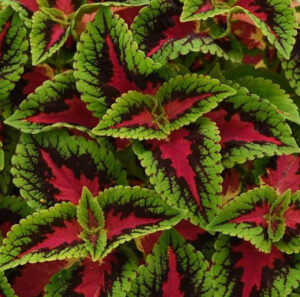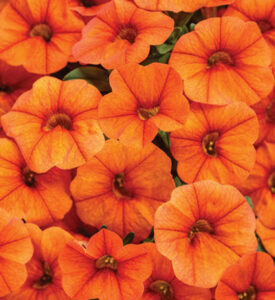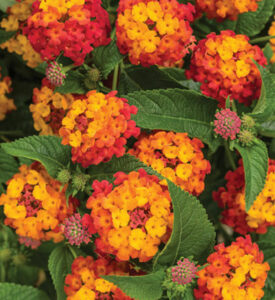Lupine flowers, with their tall spires and vibrant hues, can turn any garden into a captivating landscape. Known scientifically as Lupinus, these beauties are part of the legume family and are native to North America. They are loved by gardeners for their striking appearance, ease of care, and ability to thrive in a variety of conditions.
Description
Lupines are herbaceous perennials that can grow up to 3-4 feet tall, with some varieties reaching even higher. Their blossoms are densely packed on vertical spikes, creating a spectacular display of colors ranging from blues and purples to reds, yellows, and pinks. The foliage is also attractive, with palmate leaves that add a lush, green backdrop to the colorful flowers.
Care Tips
Growing lupines is relatively easy, making them a favorite for both novice and experienced gardeners. Here are some essential care tips:
- Sunlight: Lupines thrive in full sun but can tolerate partial shade. Aim for at least 6 hours of direct sunlight per day.
- Soil: They prefer well-drained, slightly acidic soil. Incorporate organic matter to improve soil fertility and drainage.
- Watering: Keep the soil consistently moist, especially during the growing season. Avoid waterlogging, as it can lead to root rot.
- Fertilization: Lupines are light feeders. A balanced, slow-release fertilizer applied in early spring is usually sufficient.
- Deadheading: Remove spent flowers to encourage continuous blooming and to prevent self-seeding if you want to control their spread.
- Support: Taller varieties may need staking to prevent them from flopping over, especially in windy areas.

Growing Zones
Lupines are hardy in USDA zones 4-8. They can tolerate cold winters and are well-suited to cooler climates. In hotter regions, they may require some afternoon shade to protect them from intense heat.
Unique Facts
- Nitrogen Fixers: Lupines are excellent for improving soil health as they can fix nitrogen from the air into the soil, reducing the need for chemical fertilizers.
- Pollinator-Friendly: These flowers are a magnet for bees, butterflies, and other pollinators, making them a great addition to eco-friendly gardens.
- Varied Species: With over 200 species, there’s a lupine for every garden style, from wildflower meadows to formal borders.
- Historic Use: Lupine seeds have been used historically as a food source in some cultures. However, many varieties contain alkaloids that are toxic, so it’s important to know which species are edible.
Featured Varieties

Lupinus ‘Gallery Pink‘: This variety is perfect for adding a splash of pink to your garden. It’s compact, reaching about 18-24 inches in height, making it ideal for smaller spaces or container gardening.

Lupinus ‘Gallery Yellow’: Bright and cheerful, ‘Gallery Yellow‘ lupines bring a sunny disposition to any garden setting. Like the ‘Gallery Pink’, it stays compact and manageable, fitting well in borders and mixed plantings.
Lupinus ‘Minarette Mix’: For those who can’t choose just one color, the ‘Minarette Mix‘ offers a delightful blend of shades, including blue, pink, red, and white. This mix provides a dynamic and ever-changing display throughout the blooming season.
Incorporating lupines into your garden will not only enhance its beauty but also support the local ecosystem by attracting beneficial insects. With their stunning colors and easy care requirements, lupines are a wonderful addition to any garden. So, roll up your sleeves, plant some lupines, and watch your garden transform into a vibrant, floral paradise!
Shop More Perennials:
-
 Balmy Rose Beebalm$27.00
Balmy Rose Beebalm$27.00 -
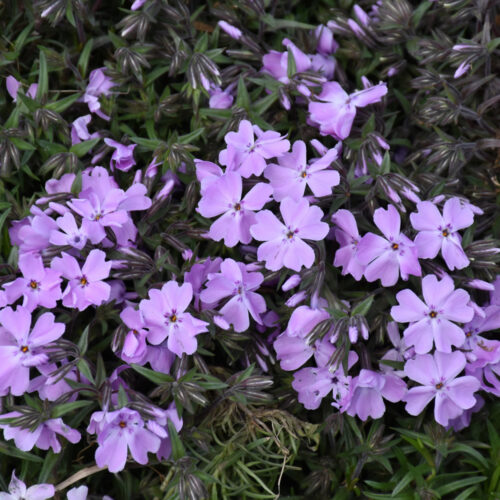 Spring Bling® Pink Sparkles Creeping Phlox$1,000.00
Spring Bling® Pink Sparkles Creeping Phlox$1,000.00 -
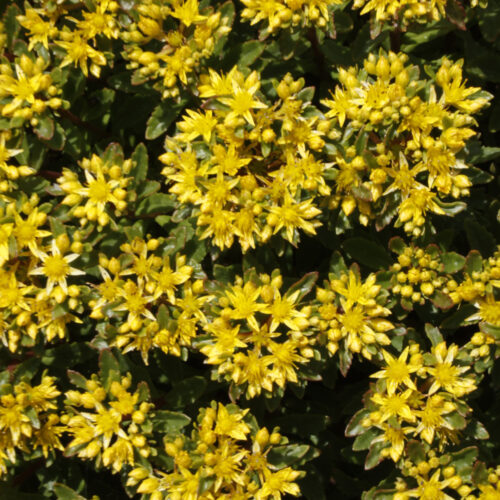 Rock ‘N Round™ Bright Idea Stonecrop, 1 Gal.$29.99
Rock ‘N Round™ Bright Idea Stonecrop, 1 Gal.$29.99 -
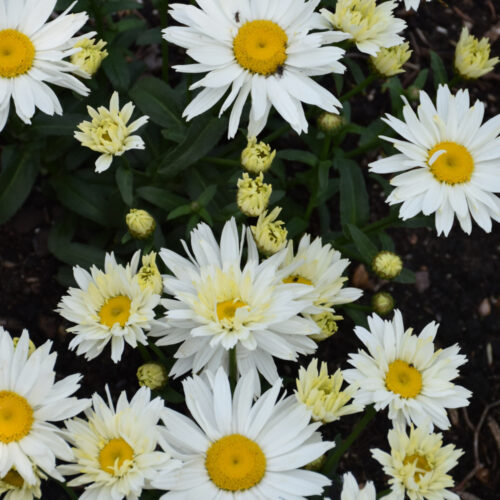 Cream Puff Shasta Daisy, 1 Gal$29.99
Cream Puff Shasta Daisy, 1 Gal$29.99 -
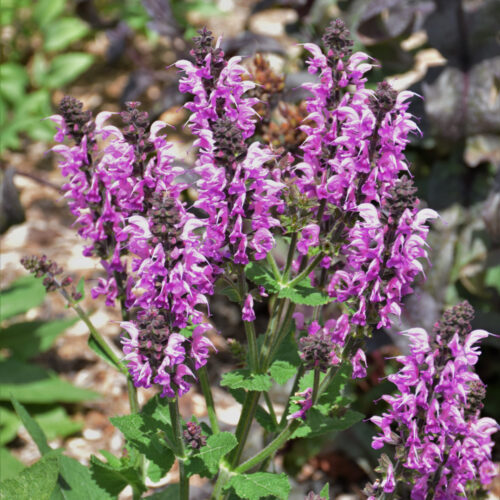 Proven Winners® Color Spires® Back to the Fuchsia Sage, 1 Gal$29.99
Proven Winners® Color Spires® Back to the Fuchsia Sage, 1 Gal$29.99 -
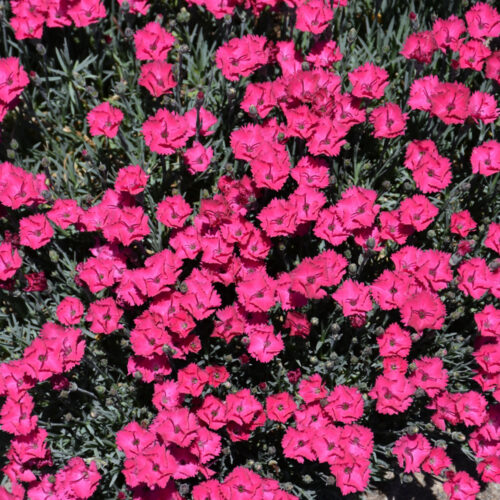 Proven Winners® Paint The Town Red Pinks, 1 Gal$31.99
Proven Winners® Paint The Town Red Pinks, 1 Gal$31.99 -
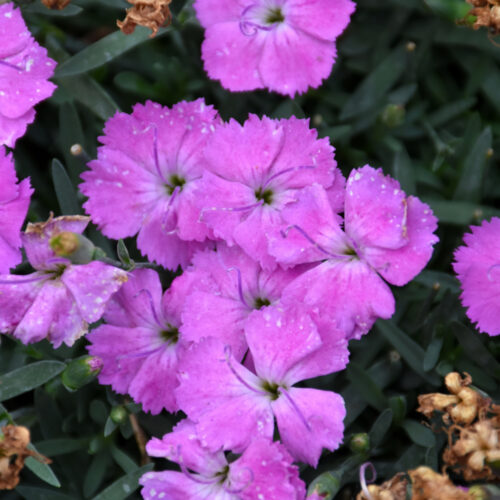 Proven Winners® Paint The Town Fuchsia Pinks, 1 Gal$31.99
Proven Winners® Paint The Town Fuchsia Pinks, 1 Gal$31.99 -
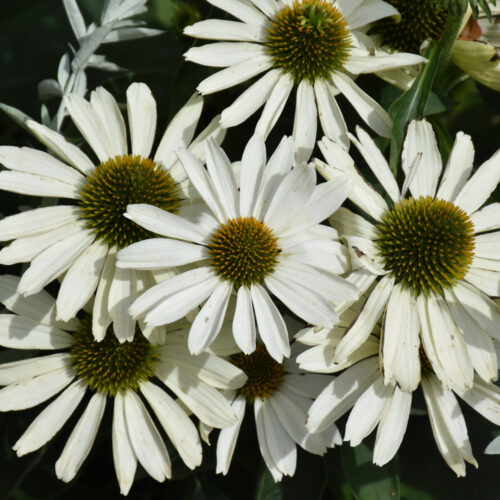 Color Coded® The Price Is White Coneflower, 1 Gal$31.99
Color Coded® The Price Is White Coneflower, 1 Gal$31.99 -
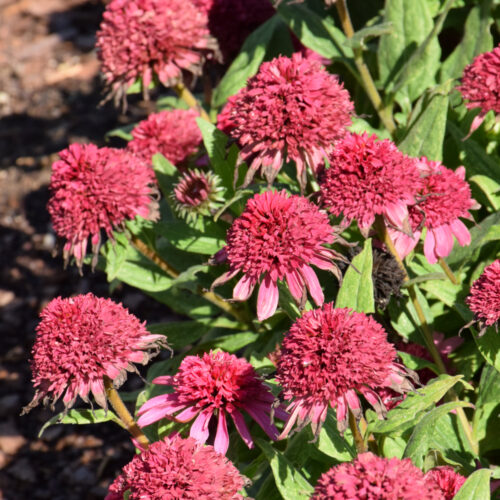 Double Coded® Raspberry Beret Coneflower, 1 Gal$34.99
Double Coded® Raspberry Beret Coneflower, 1 Gal$34.99 -
 Proven Winners® Amazing Daisies® Banana Cream II Shasta Daisy, 1 Gal$29.99
Proven Winners® Amazing Daisies® Banana Cream II Shasta Daisy, 1 Gal$29.99 -
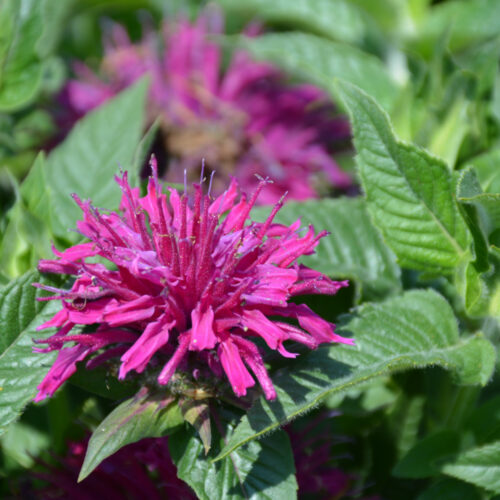 Proven Winners® Pardon My Purple Beebalm, 1 Gal$34.99
Proven Winners® Pardon My Purple Beebalm, 1 Gal$34.99 -
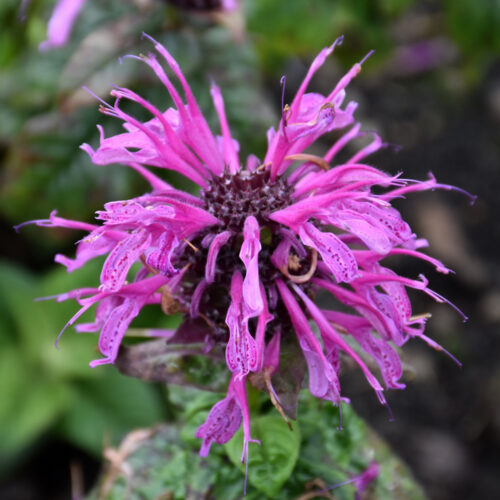 Proven Winners® Leading Lady Plum Beebalm, 1 Gal$31.99
Proven Winners® Leading Lady Plum Beebalm, 1 Gal$31.99
More Recent Posts
Celebrating Coleus: The Vibrant Star of Your Garden!
Are you looking to add a splash of color and a touch of drama to your garden? Look no further than Coleus! These versatile plants are a gardener’s dream, offering an array of hues and patterns that can instantly transform any outdoor space into a breathtaking oasis. Let’s dive into the world of Coleus and…
Discover the Cheerful Charm of Calibrachoa: A Growing Guide!
Are you ready to add a burst of color and joy to your garden or patio? Look no further than calibrachoa! These delightful flowers, often called “Million Bells” due to their profuse blooming habit, are a must-have for any gardener looking to brighten up their outdoor space. With their abundance of small, trumpet-shaped flowers in…
Weigela: The Enchanting Shrub of Spring
In the colorful tapestry of a well-tended garden, certain plants stand out like jewels amidst greenery. Weigela, with its vibrant blooms and easy care, is undoubtedly one of those jewels. Bursting onto the scene in late spring to early summer, this charming shrub adds a splash of color and a touch of elegance to any…
Capturing the Vibrant Charm of Lantana: A Burst of Color for Your Garden!
Are you ready to add a splash of color and a dash of joy to your garden? Look no further than the delightful Lantana! Bursting with vibrant hues and a lively disposition, Lantana is the perfect choice for anyone looking to elevate their outdoor space with an explosion of beauty. Let’s dive into why this…
Embracing Nature’s Majesty: The Green Giant Arborvitae
In the world of landscaping, few plants possess the grandeur and versatility quite like the Green Giant Arborvitae. Towering yet elegant, robust yet graceful, this majestic evergreen cultivar has captured the hearts of gardeners and homeowners alike. Let’s delve into the enchanting world of the Green Giant Arborvitae, exploring its plant info, care requirements, and…
Embrace the Light: Understanding Sun, Shade, and Partial Sun/Partial Shade Plants
Hey there, fellow plant lovers! Have you ever wandered through a garden center, overwhelmed by the variety of plants and their different requirements for sunlight? Don’t worry, you’re not alone! Today, we’re going to shed some light on the differences between sun, shade, and partial sun/partial shade plants, helping you become a pro at choosing…


